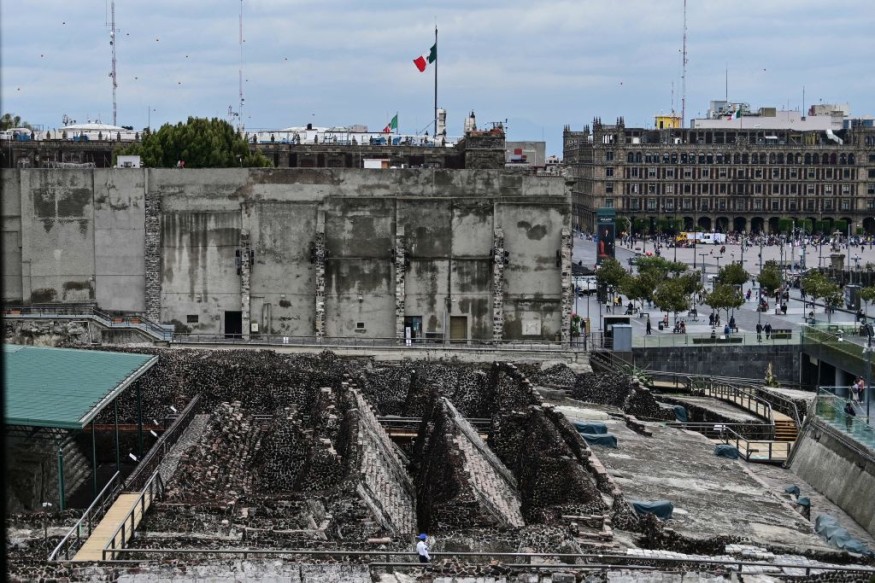Aztec Culture Still Alive in Mexico Even After 500 Years

The Aztec Empire previously ruled a vast swathe of land, which is now modern Mexico. Five hundred years after the Spanish conquered them, several aspects of the once-mighty empire still exist in Mexico. It is even felt in the capital of Mexico City, which was built on top of the ruined former Aztec capital, Tenochtitlan.
Last year, Mexican authorities even commemorated the 500th anniversary of the "fall" of the Aztec capital Tenochtitlan to the Spaniards. The battle was one of the most important battles in world history, where Spaniards and their indigenous Tlaxcala allies managed to conquer what was the world's largest and most impressive capital at that time.
Aztec Culture in Mexico Still Alive in What Was Once Tenochtitlan
During the 500th anniversary of the Aztec capital Tenochtitlan's fall to the conquistadors and their indigenous allies, traditional healers and dancers resplendent in feather headdresses and body paint performed ancient rites in Mexico City.
One of them, Sergio Segura Octocayohua, told France 24 that he and others like him strived to preserve Aztec culture and even had their own celebrations to honor the "heroic defense" of the city.
During a break from overseeing healing rituals in the capital's historic district, Sergio Segura Octocayohua said the Aztec identity, philosophy, and history live on despite being distorted. He noted that they no longer fight with weapons but with words, identity, and dance.
The Aztec commemoration drew in tourists who watched musical performances using traditional drum huehuetl and enjoyed traditional street food. There were plenty of dancing and purification rituals, which they did on the site of the ancient Aztec capital.
Aztec food is also being served, with popular Mexican foods like Guacamole, tamales, and tortillas owing their origins to the Aztecs. Many Mexican street foods being enjoyed today are also of Aztec origin. Some of its ingredients, such as chocolate, corn, tomatillos, and various chilis, were already introduced to Europeans.
The Fall of the Aztec Empire and the Rise of Modern Mexico
When the infamous conquistador Hernan Cortes landed in what is now the city of Vera Cruz, the fate of the Aztec Empire was sealed.
With the aid of some natives, many of whom resented the Aztecs for their brutal human sacrifices and raids into their villages, the Spaniards overpowered many of their opponents with the use of modern weaponry and something the Aztecs never expected, cavalry and war dogs.
According to National Geographic, Emperor Moctezuma initially welcomed Cortes and the conquistadores simply because he thought Cortes was actually an incarnation of the serpent god, Quetzalcoatl.
However, mistrust and lack of understanding between the two sides prompted conflict, which led the Spaniards and their Tlaxcala allies to besiege the Aztec Capital, raising temples to the ground and building Mexico City from its ashes. And as they say, the rest is history.
Many of the former Capital's ruins can still be found around Mexico City, with some Aztec ruins being found dotted around the rest of the country.
This article is owned by Latin Post.
Written by: Rick Martin
WATCH: Fall of Tenochtitlan (1521) - Spanish-Aztec War DOCUMENTARY - From Kings and Generals
Subscribe to Latin Post!
Sign up for our free newsletter for the Latest coverage!
© 2026 Latin Post. All rights reserved. Do not reproduce without permission.













